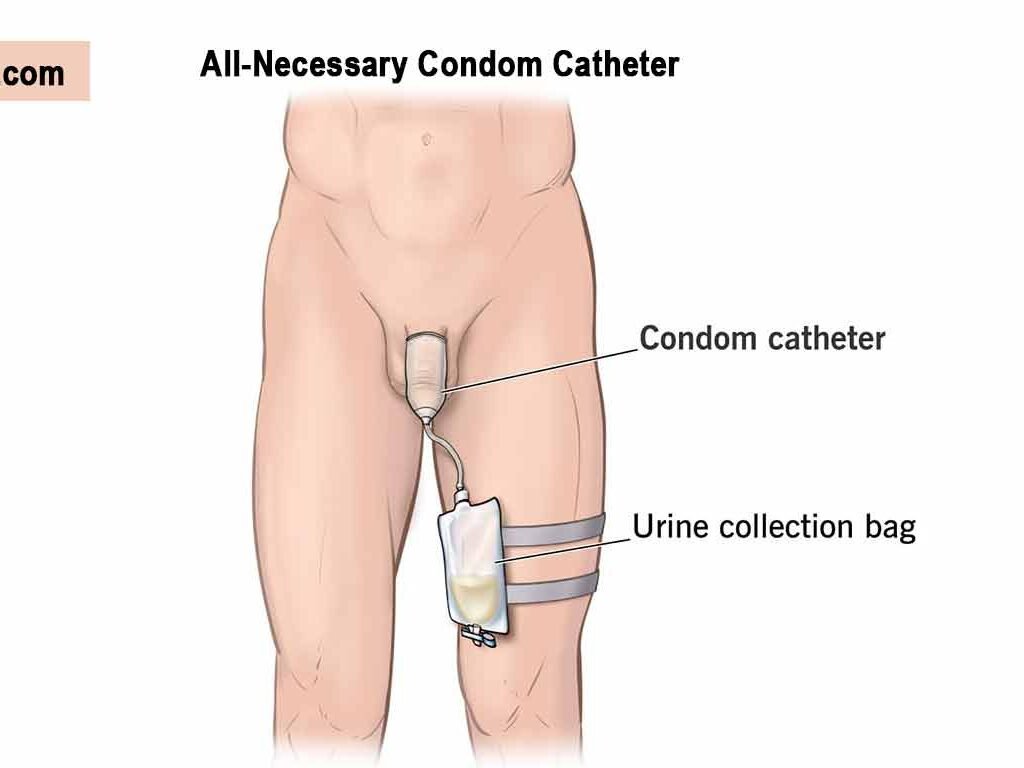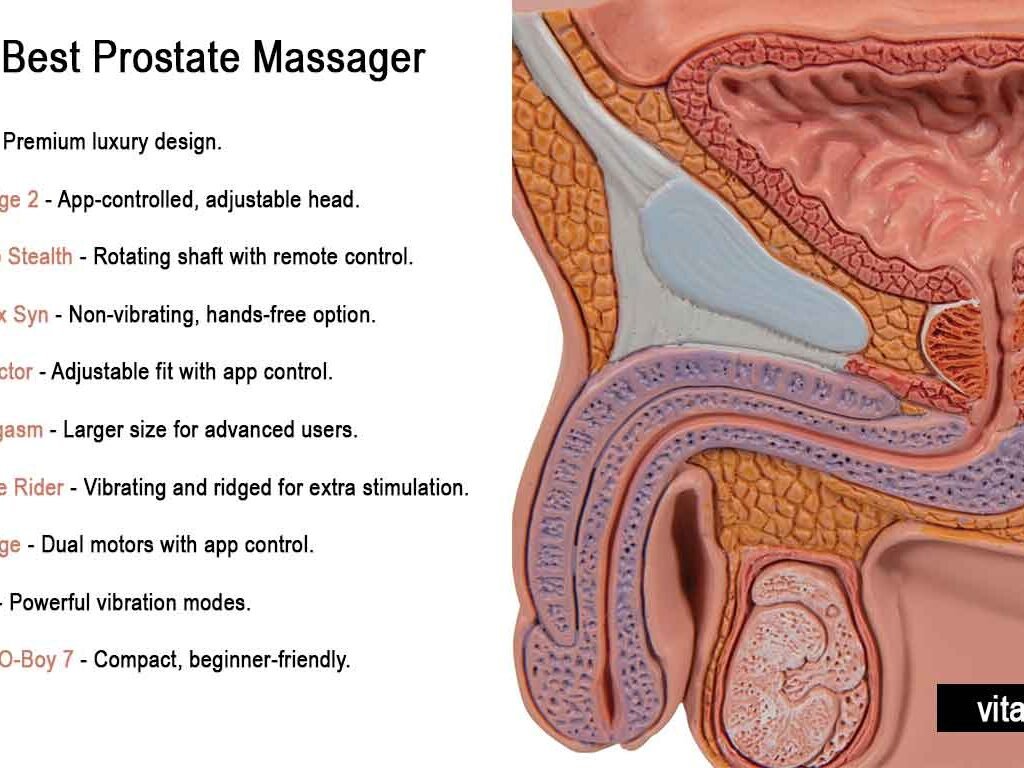What Should I Do If I Experience Vaginal Dryness from Birth Control? Women’s Sexual Wellness
Vaginal dryness is a condition where the vaginal tissues lose moisture and lubrication, leading to discomfort and irritation. This condition can manifest in various ways, such as a feeling of tightness, itching, or a burning sensation, especially during activities like sexual intercourse. While vaginal dryness is often associated with menopause due to the decrease in estrogen levels, it can also occur in younger women, particularly those using hormonal birth control. Hormonal changes, whether from contraception, pregnancy, or other factors, can significantly affect the body’s natural lubrication processes, making vaginal tissues more susceptible to dryness and irritation. Understanding Vaginal Dryness The symptoms of vaginal dryness can be both physical and emotional, often causing distress in women who experience them. Discomfort during intercourse is a common complaint, which may lead to a reduced desire for sexual activity, thus impacting sexual satisfaction and intimacy. The physical symptoms of vaginal dryness, such as itching and irritation, can also make daily activities, such as sitting for extended periods or exercising, uncomfortable. This disruption to daily life and sexual health can significantly affect a woman’s quality of life, causing feelings of frustration or embarrassment. For women using hormonal birth control, the risk of developing vaginal dryness may be higher. Birth control methods like oral contraceptives, hormonal IUDs, and certain injectable forms can alter the hormonal balance in the body, especially by lowering estrogen levels. Estrogen plays a key role in maintaining vaginal moisture and elasticity, so when its levels drop, women may experience dryness, discomfort, or changes in their sexual health. This is particularly common in women who have been on hormonal birth control for an extended period. The prevalence of vaginal dryness in women using hormonal birth control varies, but studies suggest it is a relatively common side effect. Women may not always attribute their symptoms to the contraception they are using, particularly because other factors like stress, dehydration, or dietary changes can also cause vaginal dryness. However, the hormonal fluctuations caused by birth control can exacerbate the condition, making it more pronounced in some individuals. This can often go unrecognized or untreated, leading to further discomfort and frustration. Treatment for vaginal dryness depends on the underlying cause and severity of symptoms. For women using hormonal birth control, switching to a different form of contraception or adding estrogen-based treatments, like creams or tablets, may help alleviate symptoms. In many cases, over-the-counter lubricants or moisturizers can provide temporary relief during intercourse, while lifestyle changes such as staying hydrated and using mild, unscented soaps may also reduce irritation. If symptoms persist or worsen, consulting with a healthcare provider is essential for exploring other treatment options and ensuring proper management of the condition. Vaginal Dryness: Physical and Emotional Symptoms How Birth Control Can Cause Vaginal Dryness? Hormonal birth control, especially those that alter the body’s hormonal balance, can cause vaginal dryness. Vaginal health depends on estrogen and progesterone. Vaginal tissues need estrogen for hydration, suppleness, and health. Vaginal tissues can become thinner, less lubricated, and more irritable as estrogen levels drop due to aging or hormonal contraception. However, progesterone can alter cervical mucus and natural lubrication, producing more dryness or discomfort. Several birth control techniques cause vaginal dryness. Birth control pills, patches, and rings release estrogen and progesterone. Besides inhibiting ovulation, these approaches diminish estrogen levels. Reduced estrogen levels can thin vaginal walls and reduce natural lubrication, making sexual activity and daily life unpleasant. Women who employ these procedures may experience vaginal dryness, itching, or discomfort during or after intercourse. Vaginal dryness can also result from progestin-only birth control tablets, IUDs, injections, and implants. Progestin-only contraception may suppress estrogen levels and change cervical mucus, unlike combination approaches. Progestin thickens and dehydrates cervical mucus, limiting vaginal wetness and lubrication. Many women utilizing progestin-only treatments may feel increased dryness or discomfort. Hormonal birth control alters hormonal balance, causing vaginal dryness. Birth control can upset the delicate balance needed for vaginal tissues to be moist and elastic by adding synthetic hormones like progesterone or inhibiting estrogen production. Women taking combination hormonal contraceptives lose vaginal moisture due to estrogen reduction, whereas progestin-only treatments change cervical mucus, reducing lubrication. Both can cause vaginal dryness, irritation, and pain. A common adverse effect of hormonal birth control is vaginal dryness; however, not all women experience it. Some may not experience any problems, while others may find the dryness considerably affecting their sexual and general health. If vaginal dryness persists or disturbs women, they should talk to their doctors about treatment options. These may include changing contraceptives, utilizing vaginal moisturizers or lubricants, or hormone treatment to restore vaginal health. Hormonal Birth Control and Vaginal Dryness Other Contributing Factors Hormonal birth control is not the only cause of vaginal dryness. It can happen to women at different times of life and with different health problems. The main things that cause this problem are getting older and going through menopause. The body makes less estrogen as women age, especially as they get closer to menopause. The vaginal walls get thinner, blood flow slows down, and natural moisture levels drop because of this drop in estrogen levels. Because estrogen levels drop during menopause, vaginal dryness complaints often get worse. Menopause is the end of a woman’s fertile years. This can make it uncomfortable to have sex and cause other symptoms like itching and soreness. Vaginal atrophy is another disease that some women may have. This condition occurs when the vaginal tissues become even more fragile and dry due to a prolonged lack of estrogen. Medicines and pre-existing health issues can also contribute to vaginal dryness. Certain medications such as antihistamines, decongestants, and antidepressants can hinder the body’s natural moisture production, leading to dryness in various parts of the body, including the vagina. Often used to treat allergies, antihistamines can also reduce mucus production. Vaginal tissues may become dry and prone to irritation as a result. Some antidepressants, especially selective serotonin reuptake inhibitors (SSRIs), can cause side effects like less sexual desire and dryness in the vaginal area. Also,










